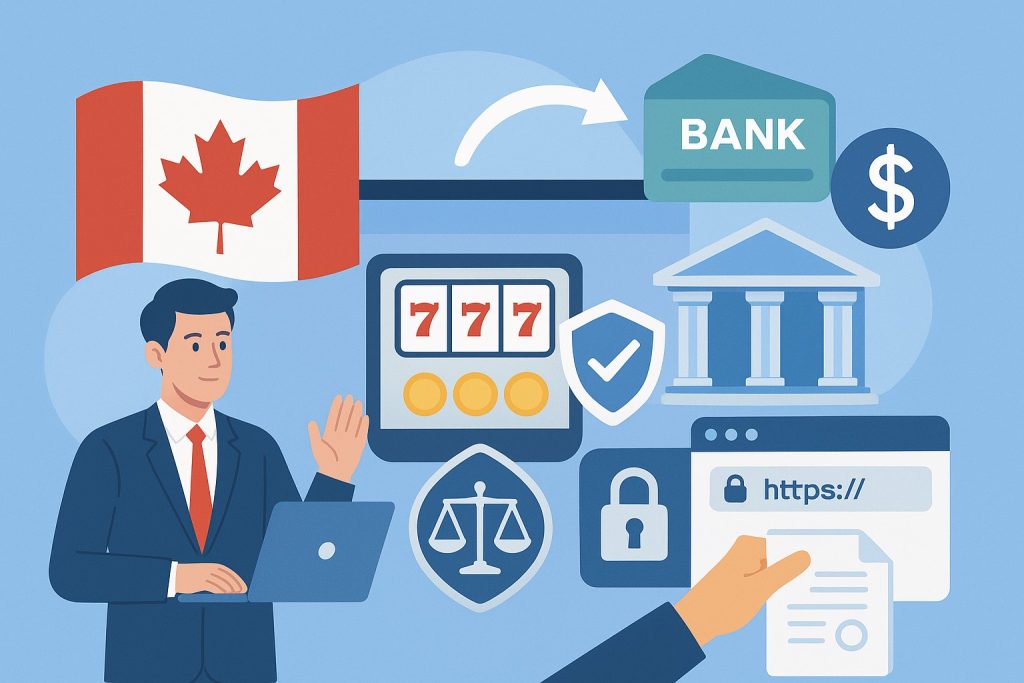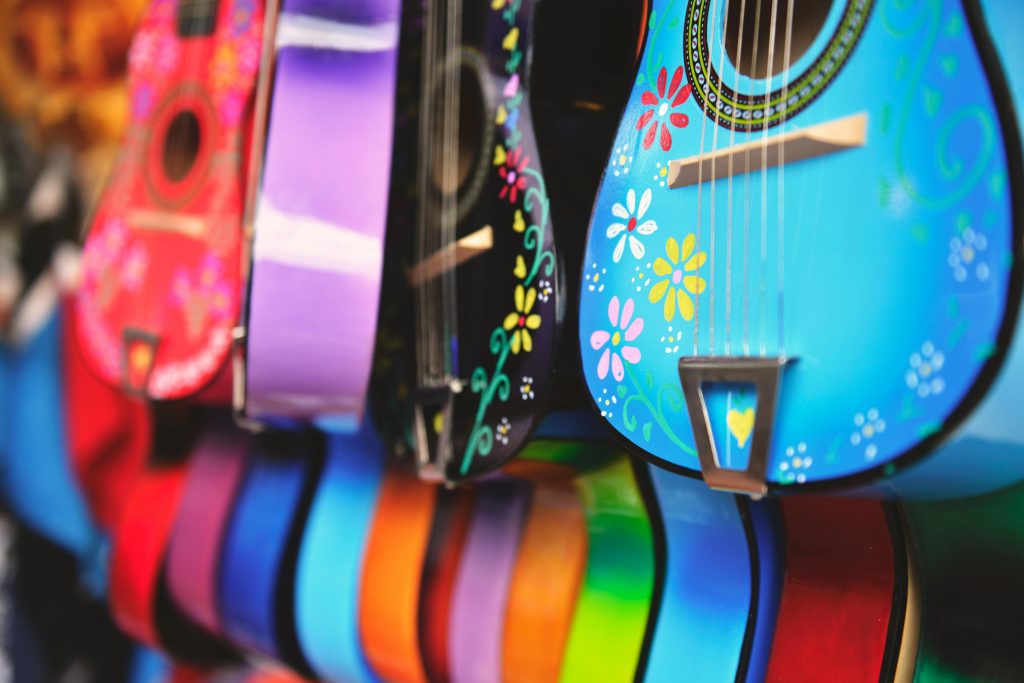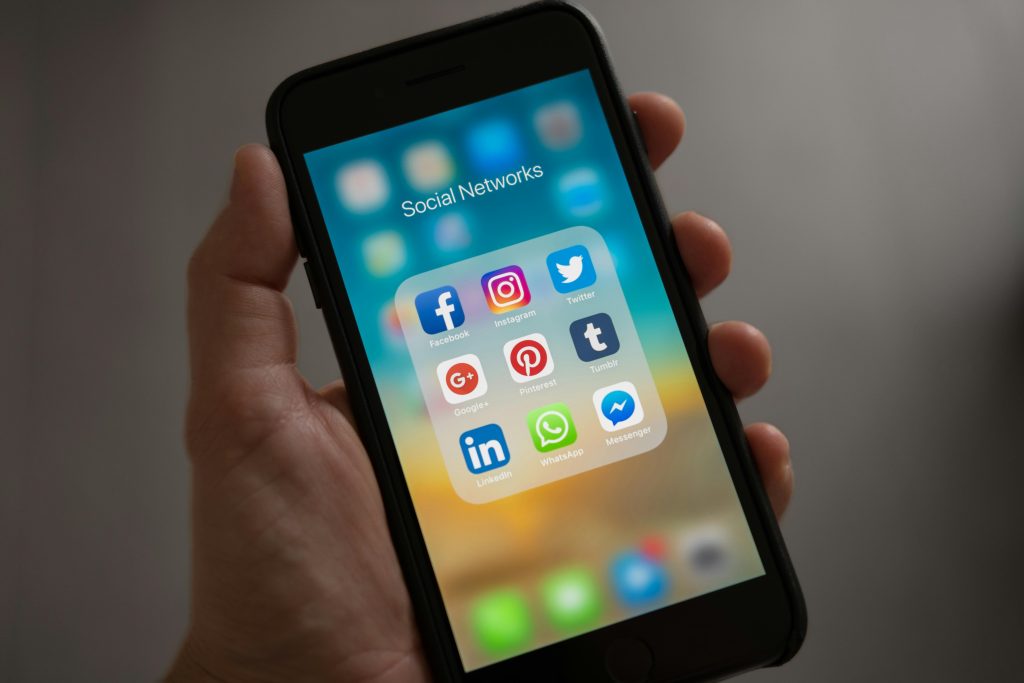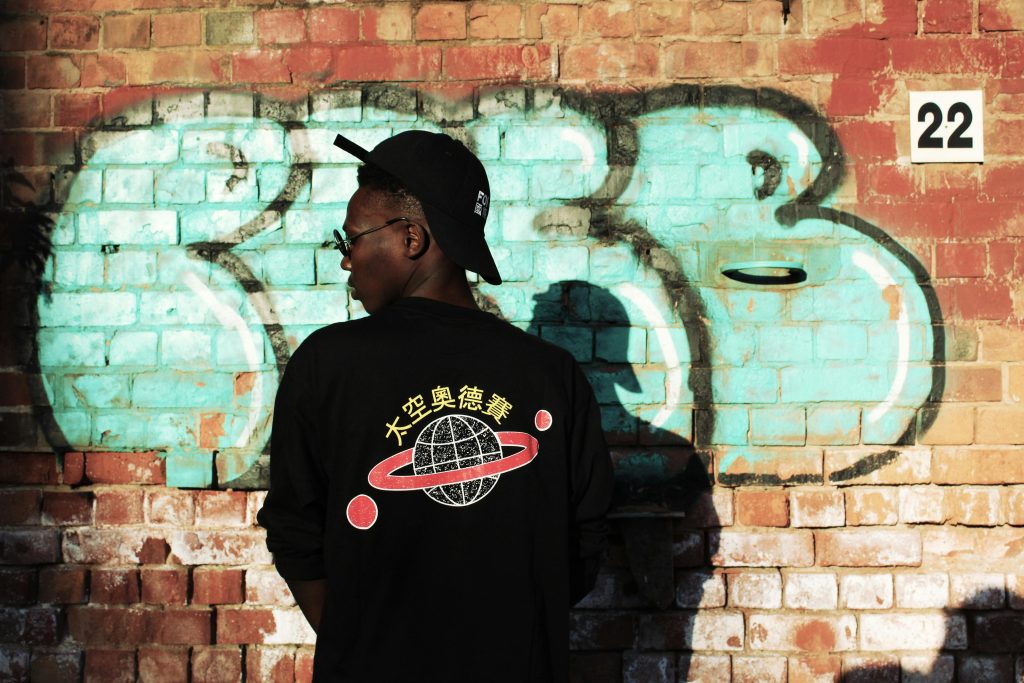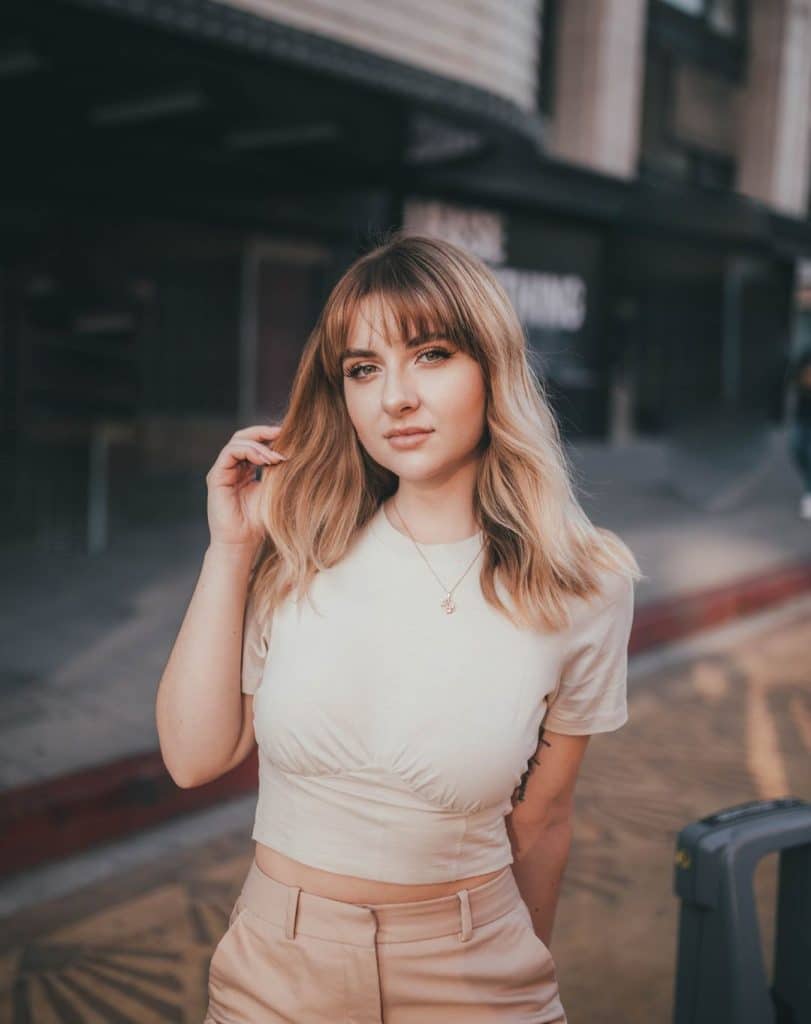A placement in a great streaming series or a video game that is popular all over the world is one of the best methods to promote a song these days. It often reaches people that traditional marketing can’t. The IFPI’s 2025 Global Music Report shows that global streaming revenues hit $20.4 billion in 2024, and that Synchronization revenues grew by 6.4% in 2024. This steady rise shows that synchronization is no longer just a method to make extra money; it’s become a major tool for people to discover and share music.
Where Songs Go Viral: From Netflix to Fortnite
Kate Bush’s “Running Up That Hill (A Deal with God)” is the most famous modern example of sync power. After featuring in Stranger Things (Season 4, 2022), its streams surged by 8,700% globally, propelling the 37-year-old song back into the charts.
Sync can also launch emerging artists. When Netflix’s Heartstopper spotlighted Baby Queen’s “Colours of You”, the artist’s Spotify streams spiked more than 1,000% within a week, reaching 1.5 million new listeners in under a month.
Music supervisors, those who select songs for TV and film, have become key tastemakers. Their choices can reshape playlists and help define which tracks break through on streaming charts. Their choices have a direct influence on the charts and playlists that are popular right now.
Gaming Soundtracks and Emotional Branding

One of the fastest-growing industries for music synchronization is the video game industry. Games can keep a committed worldwide audience engaged for hundreds of hours, much longer than a two-hour movie or a single TV season.
This creates a lifelong emotional connection between players and the music they hear. Mobile rhythm games in Japan, competitive esports games in South Korea and the US, and digital gaming and entertainment platforms like online pokies in New Zealand all show how music has become an important aspect of interactive experiences. To build their brand and connect with their audience, big companies now spend a lot of money on curated soundtracks, licensed music, and immersive audio.
Fortnite and other live-service games have also found a new method to market themselves by putting on virtual concerts with artists like Ariana Grande and Travis Scott. Only a few large artists have been able to exploit this feature well, but these digital-first, interactive concerts have been tremendous international launchpads for the new music they show off.
Licensing, Labels, and the Business of Placement
Sync is no longer an extra option for record labels and music publishers; it’s become a significant part of many tracks’ overall marketing strategy, especially as streaming grows in important areas. Sync still makes up a small part of total music income, but its strategic significance is clear: a good placement may bring both an upfront fee and substantial back-end royalties that may take hundreds of thousands of plays to match. According to market research, the worldwide sync licensing market would develop at a CAGR of 8.2% from 2025 to 2033.
Deals sometimes include provisions that put more weight on the upfront price as well as the chance for huge back-end royalties and marketing exposure. Licensing firms and music supervisors are important middlemen who check music for legal clearance (making sure the rights to both the master recording and the underlying composition are safe) and fit.
Sync as the New Discovery Engine
Not just radio play, but also moments of societal resonance through sync are becoming more important for the chart performance of new songs. This tendency is good for both famous artists and independent and heritage artists. This convergence makes the screen just as important to an artist’s career as the stage, and it will keep the music industry connected to the business of all digital entertainment for the foreseeable future.





